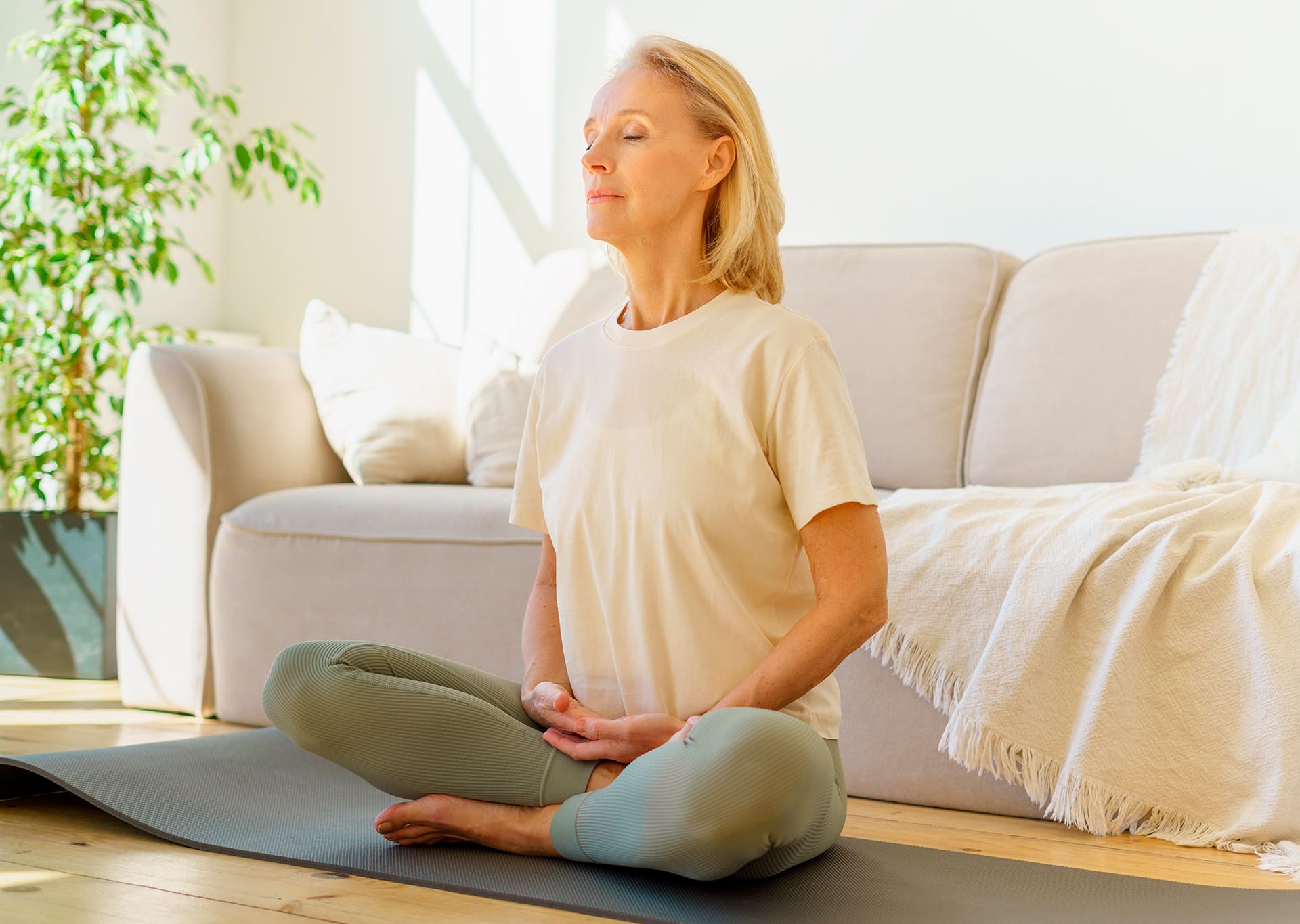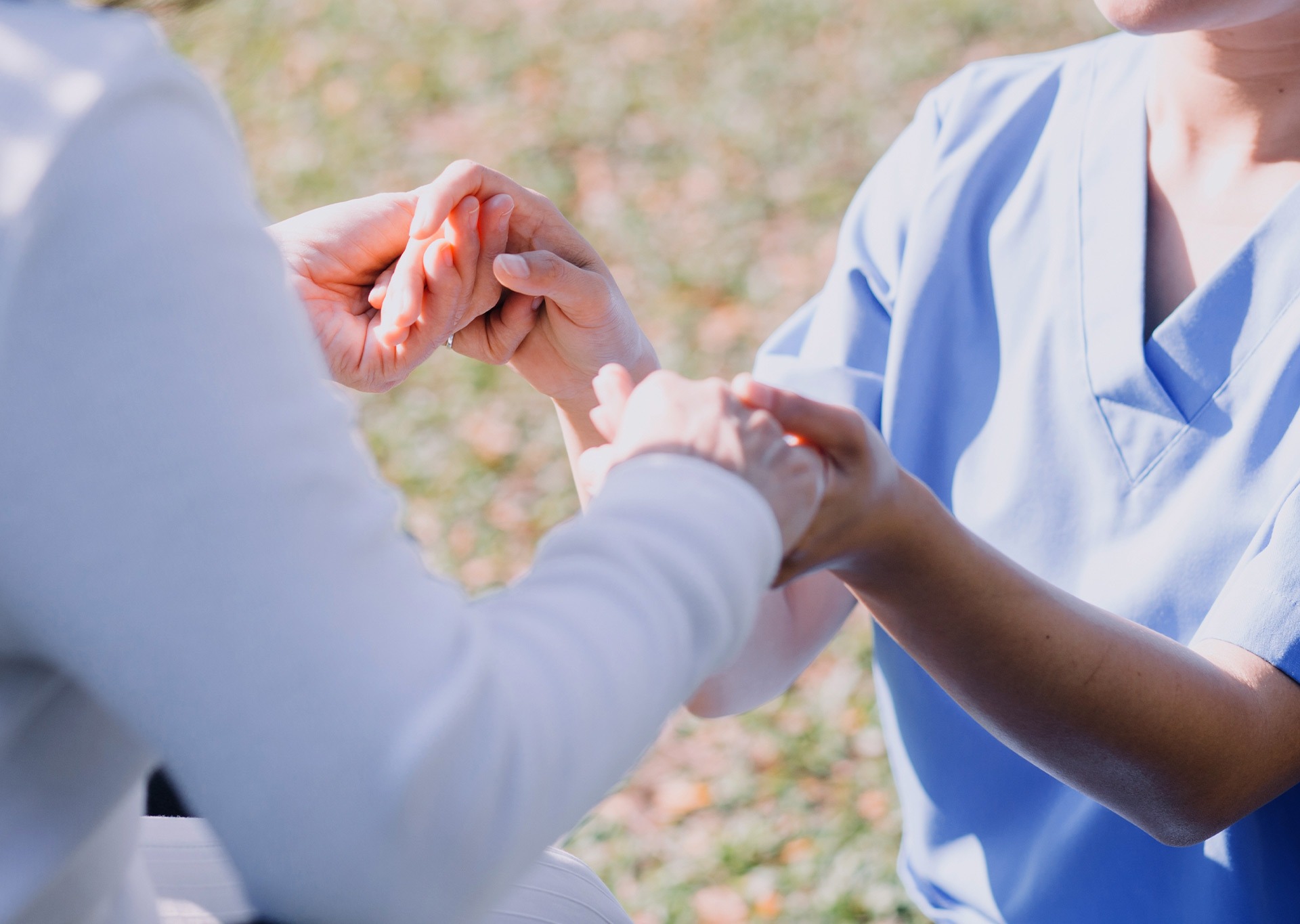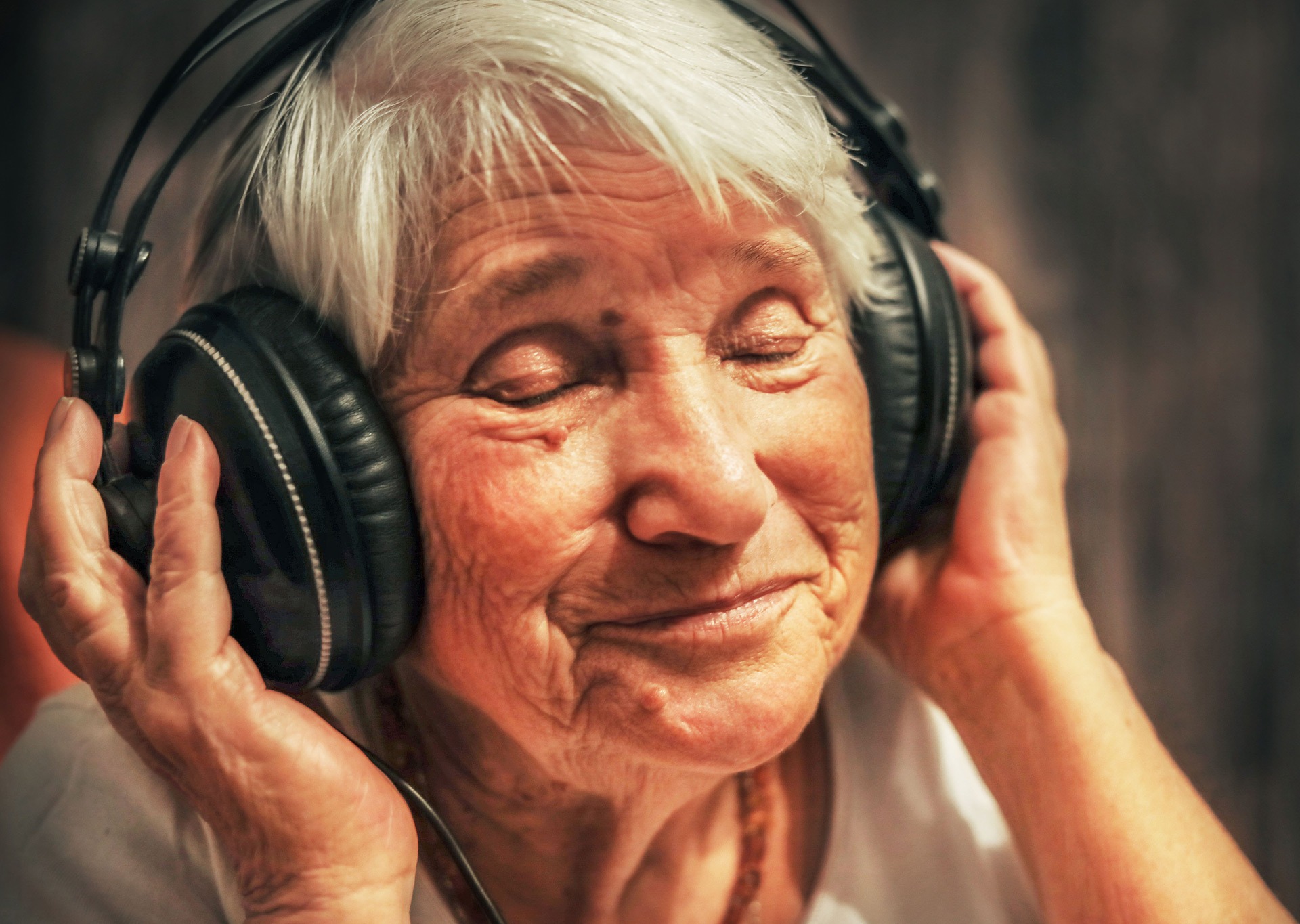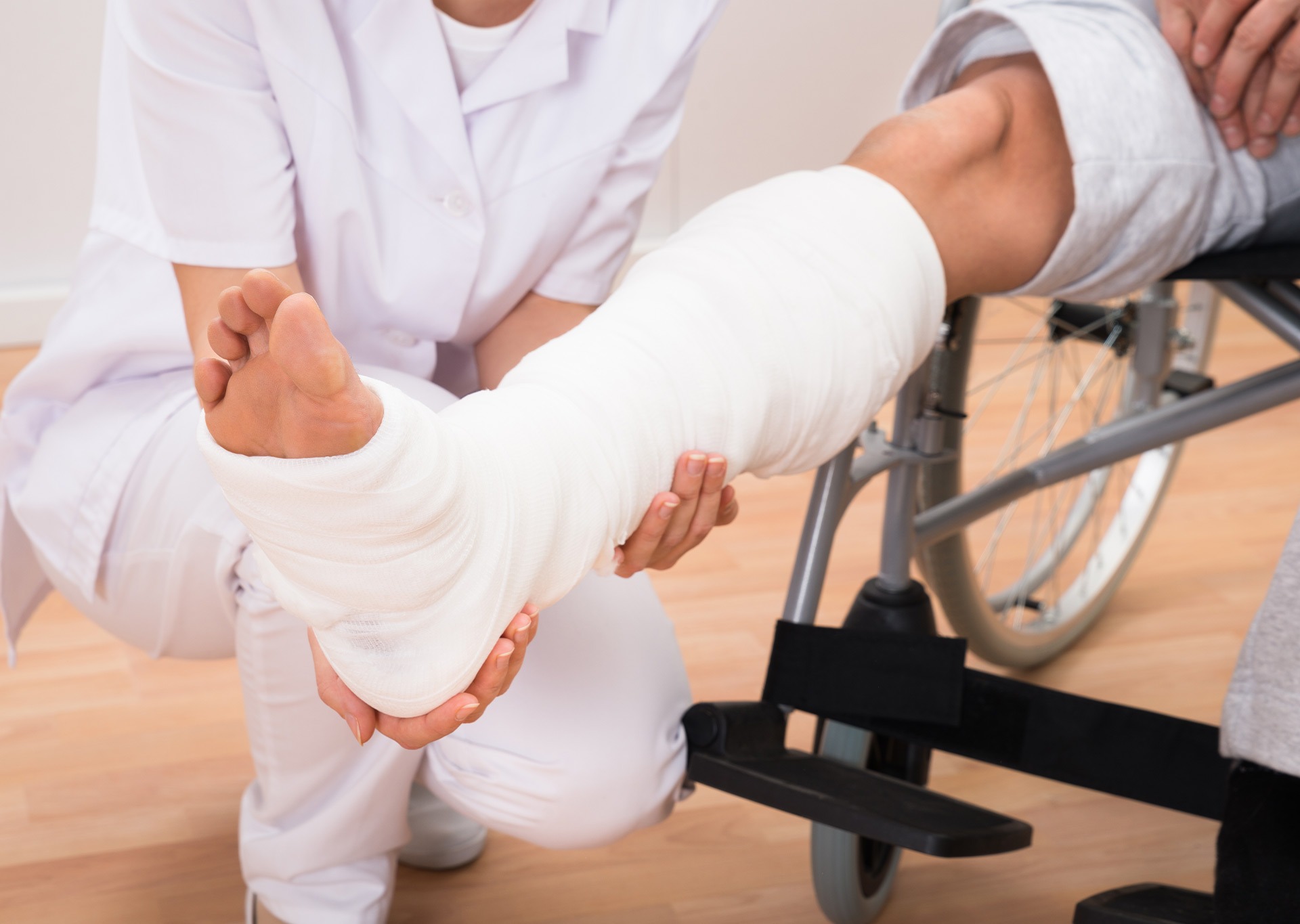
Breathing exercises to improve health
Breathing is one of the most important vital functions for our well-being. As we age, the respiratory system can become less efficient, affecting our ability to perform daily activities and our overall quality of life. Incorporating breathing exercises into the daily routine can help improve oxygenation, strengthen the lungs, and promote relaxation. In addition, these exercises can be especially beneficial for those who suffer from chronic respiratory conditions or have reduced mobility. Proper breathing not only improves physical health, but also contributes to emotional well-being, helping to reduce anxiety and stress.
Benefits of breathing exercises
Practicing breathing exercises regularly offers various health benefits for older people. These include improved lung capacity, reduced stress, lowered blood pressure, and promoting better blood circulation. It can also help strengthen the immune system, which reduces the risk of respiratory infections. In addition, conscious breathing contributes to better rest and can be a useful tool for managing anxiety and improving mood.
Deep Breathing
One of the most effective breathing exercises is deep breathing. This exercise involves inhaling through the nose, filling the lungs completely, and then exhaling slowly and deeply through the mouth. Deep breathing helps reduce stress, improves blood circulation, and increases the amount of oxygen available in the body. It is also ideal for those who suffer from respiratory diseases such as asthma or chronic obstructive pulmonary disease (COPD). Practicing it daily can help keep the lungs healthy and improve overall well-being. It is recommended to perform this exercise in the morning and before bed to enhance its benefits.
Abdominal Breathing
Abdominal breathing is another beneficial technique. In this exercise, when inhaling, the abdomen should expand outwards, and when exhaling, it should contract. This type of breathing helps strengthen the abdominal muscles and promotes better ventilation of the lungs. It also reduces muscle tension, promotes relaxation, and improves the quality of sleep, which is essential for rest and recovery. It is especially helpful for older people with limited mobility, as it can be practiced in a chair or bed. Additionally, this exercise promotes better body posture, which can prevent back pain and improve stability.
Alternate Nostril Breathing
An additional exercise that can be helpful is alternate nostril breathing, which involves closing one nostril while breathing through the other, then alternating between the two. This practice can help balance oxygen levels and improve respiratory function, as well as reduce stress and promote calm. It is ideal for those older people who are looking for a way to relax and improve their mental focus. Additionally, this technique has been shown to help improve concentration and memory, promoting better cognitive health over time.
Tips for an Effective Practice
To get the most benefits from these exercises, it is recommended to practice them in a quiet environment, sitting or lying down in a comfortable position. It is important to avoid forcing your breathing and perform each exercise at a slow, relaxed pace. It is suggested to start with a few minutes a day and gradually increase the practice time according to each person’s comfort. Incorporating breathing into daily activities, such as meditation or stretching, can also enhance its positive effects.
Conclusion
Incorporating breathing exercises into the daily routine is a simple and effective way to improve the physical and mental health of older people. Not only does it promote better oxygenation, but it also contributes to relaxation, stress management and maintaining vitality over the years. In addition, these exercises can help strengthen the immune system and improve sleep quality, promoting healthy and active aging. With practice and consistency, these exercises can become a key tool to improve quality of life and promote general well-being in old age.








